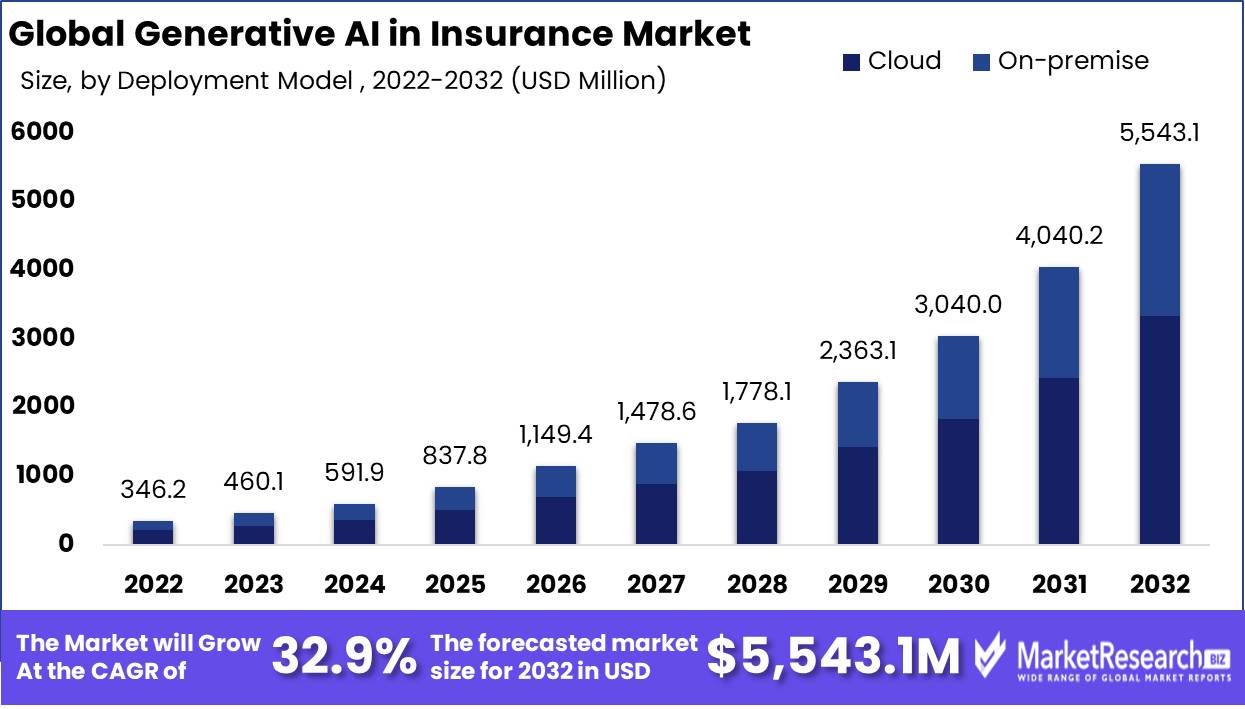According to Health Insurance Coverage Statistics, Health insurance coverage refers to the extent to which individuals or groups are protected by an insurance policy that provides financial support to cover the costs of medical expenses and healthcare services.
It is a contractual agreement between the insured (the policyholder) and the insurance company, wherein the insured pays regular premiums in exchange for the promise of financial protection in the event of illness, injury, or other covered medical conditions.
Table of Contents
Editor’s Choice
- The uninsured rate in the United States declined to 8.8% in 2022.
- Approximately 56% of Americans receive health insurance coverage through their employer.
- Medicaid covers over 77 million low-income individuals and families in the U.S. as of 2021.
- The uninsured rate among adults aged 19-64 was 13.5% in 2022.
- In 2022, 91.2% of children under 19 years old had health insurance coverage.
- Medicare, the federal health insurance program for individuals aged 65 and older, covers approximately 63 million beneficiaries.
- Texas had the highest uninsured rate among states in 2022, with 17.7% of its population lacking health insurance coverage.
- The Affordable Care Act (ACA) reduced the uninsured rate for non-elderly adults from 20.4% in 2010 to 12.4% in 2018.
Global Health Insurance Market
- The healthcare claims management market was valued at USD 13.1 Billion. Between 2023 and 2032
- The global health insurance market size is expected to be worth around US$ 5,518.60Bn by 2031 from US$ 3,587.80Bn in 2021, growing at a CAGR of 4.39% during the forecast period from 2021 to 2031.
- In 2022, the largest market share for insurance was held by North America, accounting for over 40% of the global market.
- The Asia-Pacific region is expected to witness the highest growth rate in the insurance market during the forecast period.
- Private health insurance policies dominate the market, covering more than 50% of the insured population worldwide.
- Employer-sponsored insurance remains a significant source of coverage for individuals, with over 50% of the non-elderly population being covered through their employer’s plans.
- Government-funded insurance programs, such as Medicaid and Medicare, play a crucial role in providing coverage to vulnerable populations, accounting for nearly 25% of total insurance enrollment in the United States.
- Generative AI in Health Insurance Market size is expected to be worth around USD 572.9 Mn by 2032 from USD 35.0 Mn in 2022, growing at a CAGR of 33.2% during the forecast period from 2023 to 2032.
- Healthcare IT Market size is expected to be worth around USD 1,728 Billion by 2032

Total Population Covered by Health Insurance
- In 2020, approximately 91% of the U.S. population had insurance coverage.
- The number of insured individuals continued to rise steadily over the years, reaching a coverage rate of 91% in 2020.
- The uninsured rate has seen a decline in recent years, from 16% in 2010 to 9% in 2020.
- Government-sponsored programs, such as Medicaid and Medicare, played a significant role in providing coverage, with over 39% of the population relying on these programs in 2020.
- Employer-sponsored health insurance remained a common source of coverage, with approximately 55% of the population obtaining insurance through their employer in 2020.
Health Insurance Coverage Percentage in Top 10 Countries

Private Health Insurance Statistics
- In 2020, approximately 91% of the U.S. population had insurance coverage.
- The number of insured individuals continued to rise steadily over the years, reaching a coverage rate of 91% in 2020.
- The uninsured rate has seen a decline in recent years, from 16% in 2010 to 9% in 2020.
- Government-sponsored programs, such as Medicaid and Medicare, played a significant role in providing coverage, with over 39% of the population relying on these programs in 2020.
- Employer-sponsored insurance remained a common source of coverage, with approximately 55% of the population obtaining insurance through their employer in 2020.
- Approximately 47 million people in the United States remained uninsured in 2021, and the lack of affordable private health insurance options was cited as one of the reasons for not having coverage.
Public Health Insurance Coverage Statistics
- According to Medicaid Statistics, approximately 12.6 million California residents have enrolled in Medicaid health insurance programs.
- In the United States, as of 2021, approximately 20% of the population relies on public insurance programs such as Medicaid and Medicare.
- Medicaid, a federal-state program, covers over 70 million low-income Americans, making it the largest public insurance program in the country.
- Medicare, a federal program primarily for seniors aged 65 and older, covers around 63 million Americans.
- The Affordable Care Act (ACA) expanded Medicaid eligibility in several states, resulting in increased coverage for low-income adults. As of 2021, 39 states and Washington D.C. have expanded Medicaid.
- Medicaid and CHIP (Children’s Health Insurance Program) together provide health coverage for nearly 40% of children in the U.S.
- Public health insurance programs play a crucial role in reducing the uninsured rate. In 2019, the uninsured rate among non-elderly adults was 14.8% without Medicaid expansion, but it was significantly lower at 9.2% in states that expanded Medicaid.
- Medicaid spending accounted for about 9.7% of the total national health expenditure in 2019.
- Medicare spending accounted for around 15% of the federal budget in 2021.
Insurance Coverage by Age Groups
- In the age group of 18-24 years, approximately 65.2% of the population has health insurance coverage, while around 34.8% of individuals in this age bracket remain uninsured.
- Among individuals aged 25-34 years, approximately 72.6% of the population has insurance coverage, leaving around 27.4% of individuals in this age group without insurance.
- For those in the age group of 35-44 years, approximately 78.9% of the population is covered by insurance, with around 21.1% of individuals remaining uninsured.
- In the age group of 45-54 years, approximately 83.2% of the population has insurance coverage, while about 16.8% of individuals in this age range are uninsured.
- Among individuals aged 55-64 years, approximately 89.5% of the population has insurance coverage, with only about 10.5% of individuals in this age group lacking insurance.
- For individuals aged 65 years and older, who are eligible for Medicare, approximately 99.0% of the population has health insurance coverage, leaving only about 1.0% of individuals in this age group without insurance.

Public Insurance Programs
- Medicaid covers over 70 million low-income individuals in the United States, making it one of the largest public health insurance programs.
- Medicare provides health coverage to more than 60 million elderly and disabled individuals.
- The Children’s Health Insurance Program (CHIP) ensures millions of children in low-income families, with approximately 8.3 million enrolled beneficiaries.
- Medicaid expansion, under the Affordable Care Act (ACA), has extended coverage to millions of low-income adults in states that adopted the expansion.
- In 2020, Medicaid accounted for 16% of total national health expenditures, highlighting its significant role in the healthcare system.
- Medicare spending accounted for approximately 15% of total national health expenditures in 2020.
- Medicaid and CHIP together covered 39% of all children in the United States in 2019.
- Medicare Advantage plans an alternative to traditional Medicare, covered around 26 million beneficiaries in 2021.
- Medicaid spending on long-term services and supports (LTSS) for the elderly and people with disabilities totaled $191.6 billion in 2019.
- The Federal Medical Assistance Percentage (FMAP) determines the federal funding match rate for Medicaid, with rates varying by state’s per capita income.
Discuss your needs with our analyst
Please share your requirements with more details so our analyst can check if they can solve your problem(s)



